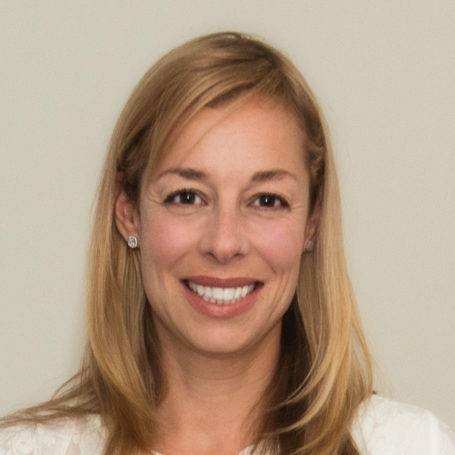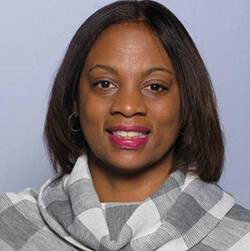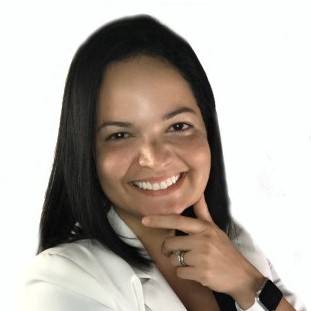HEARS
Hearing Assessment in Response to Noise Screener
Context
In order to effectively communicate, listeners must identify a speaker’s message quickly and accurately. A speaker’s message can easily be lost in the presence of ambient noise, especially for children, who spend a great deal of time in noisy environments. Children aged 6-12 spend approximately 80% of their day in noisy environments such as classrooms, playgrounds and school cafeterias (Crunkley, Scollie & Parsa, 2011). With increasing classroom sizes and a trend toward open concept classrooms, learning spaces are noisier than ever, especially for young children (Shields & Dockerell, 2008).
While adult has experienced the difficulties to focus and to be effective in a noisy environment, these effects are only increased when faced by children. Children who exhibit difficulty identifying speech in noise thus perform poorly academically (de Carvalho, Novelli & Colella-Santos, 2017) and deficits in perception of speech in noise can negatively impact language, psychosocial development, literacy, and academic progress – disproportionately so for children already at risk because of a developmental disability (Dockrell & Shield, 2004). Because the ability to perceive speech does not fully develop until around age 11, individuals with sensory and cognitive deficits will exhibit greater challenges in noisy environments. While interventions for speech and language exist, to our knowledge, none explicitly screen for perception of speech in the presence of noise. Critically, the contribution of noisy environments to problems in performance is not easily observable by professionals and, thus, it is not being taken into account in educational and therapeutic settings.
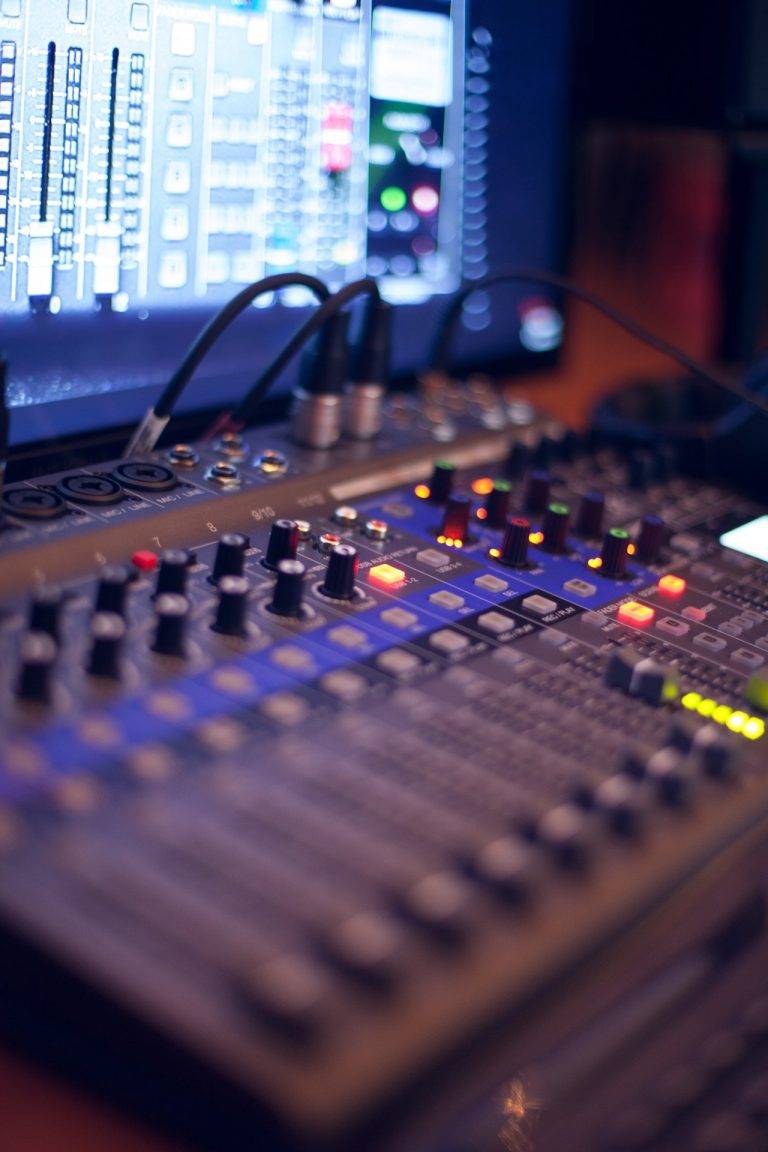
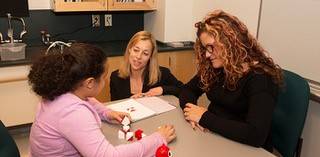
Objectives
To address this need our goal is to translate our research findings into a product designed to improve the communication skills of children with developmental disabilities by strengthening a crucial, yet often overlooked skill: perception of speech in noise. This project aims at 2 core components:
- Objective 1: Understand and diagnose the disabilities in children in the perception of speech in a loud and/or noisy environment.
- Objective 2: Treat children with existing developmental disabilities and no known developmental difficulties diagnosed with issues perceiving speech in a loud and/or noisy environment.
Activities
- Objective 1
- Activity 1: Develop a pediatric screening tool to assess a child’s performance of the identification of speech in the presence of noise.
- Activity 2: Adapt the screening tool to an cheap, easy-to-use iOS app, called the Hearing Assessment in Response to Noise Screener (HeARS).
- Objective 2
- Activity 3: Develop an innovative adaptive therapeutic training system for identification of speech in noise.
- Activity 4: Adapt and distribute the training tool in the form of an iPad app called Listening 2 Faces.
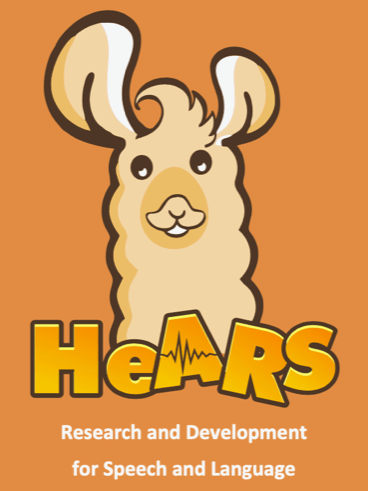
Partners
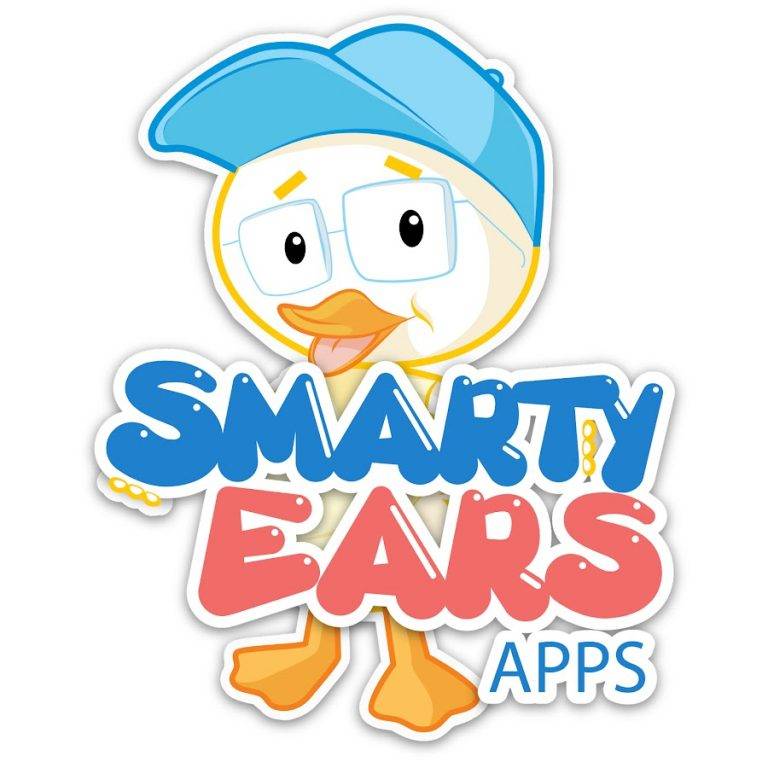
Smarty Ears
Smarty Ears was founded in December of 2009 by Barbara Fernandes, a practicing Speech-Language Pathologist certified by the American Speech and Hearing Association. Smarty Ears was the first company to create apps geared towards speech therapy for mobile devices. Smarty Ears’ first application, called Smarty Speech, was released in January of 2010 and it has helped many speech therapists to make sessions more dynamic and engaging.
At Smarty Ears we believe technology can help parents and speech therapists improve the communication skills of children with speech and language difficulties. Smarty Ears brought to the world a whole new concept of how children will practice their skills. Technology is everywhere, how can we expect children to engage in worksheets and paper flashcards.
The new technology enabled us to deliver fun apps that can be used by parents, teacher and therapists all with one goal: help to meet the needs of every student with special needs. Several of our applications bring solutions that are not only much more affordable to parents, teachers and school districts but are also very intuitive and easy to customize. This way we know everyone will be able to use it.
Smarty Ears is committed to individuals from all around the world, and we will make sure all of our apps are available in as many languages as possible. We currently have over 60 apps in English, and many of our apps include language options in Portuguese, Spanish, Dutch, German, Italian and French.

